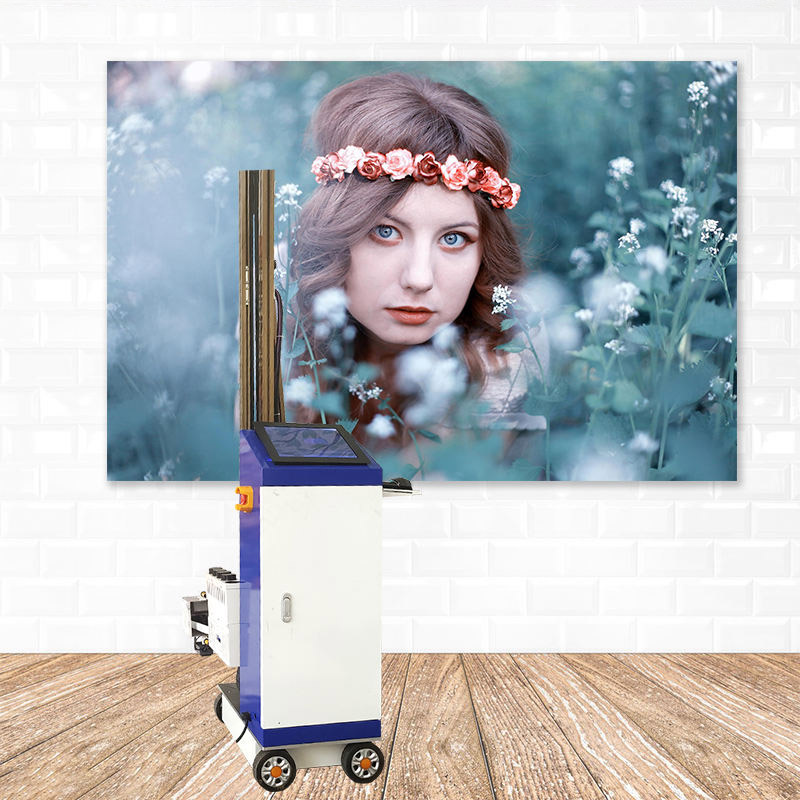Safeguarding the Press: Essential Safety Precautions for Operating Printing Machinery
2023-11-29
Introduction:
In the dynamic world of printing, where the hum of machinery blends with the precision of the printing process, ensuring the safety of those operating the equipment is paramount. Printing machinery, with its intricate components and high-speed operations, demands a vigilant approach to safety. In this blog, we will delve into essential safety precautions that should be rigorously followed when operating printing machinery, ensuring a secure and productive working environment.
1. Proper Training and Education:
- The foundation of a safe printing environment lies in comprehensive training for operators. From understanding the specific machinery to mastering emergency procedures, well-informed operators are the first line of defense against potential hazards.
2. Protective Gear:
- Personal protective equipment (PPE) is a crucial aspect of safety in a printing facility. Operators should wear appropriate gear, including safety glasses, hearing protection, gloves, and any other equipment recommended for the specific machinery being used.
3. Machine Familiarization:
- Before operating any printing machinery, operators must be intimately familiar with the equipment. This includes understanding the location and function of emergency stops, safety guards, and any potential pinch points.
4. Regular Maintenance Checks:
- Routine maintenance checks are essential for identifying and addressing potential issues before they escalate. This includes inspecting belts, rollers, and other moving parts, ensuring they are in optimal condition and reducing the risk of malfunctions.
5. Emergency Stop Procedures:
- Every operator should be well-versed in emergency stop procedures. The ability to swiftly and decisively stop the machinery in case of an emergency can prevent accidents and minimize damage.
6. Fire Safety Measures:
- Printing facilities often involve the use of flammable materials such as inks and solvents. Adequate fire safety measures, including the presence of fire extinguishers, emergency exits, and proper storage of flammable materials, are critical for preventing and managing fires.
7. Ventilation and Exposure Control:
- Ventilation systems should be in place to control fumes and dust generated during printing processes. Additionally, operators should be equipped with appropriate respiratory protection if there is a risk of exposure to harmful airborne particles or chemicals.
8. Machine Guarding:
- Printing machinery should be equipped with proper guards to prevent access to moving parts during operation. Guards serve as a crucial barrier, reducing the risk of accidents related to contact with rollers, belts, or other hazardous components.
Conclusion:
The operation of printing machinery demands a meticulous commitment to safety at every step. By fostering a culture of awareness, thorough training, and adherence to safety protocols, the printing industry can create an environment where innovation and productivity thrive without compromising the well-being of those at the heart of the printing press. Prioritizing safety is not just a regulatory requirement; it is a fundamental commitment to the welfare of the workforce and the sustainability of the industry.



